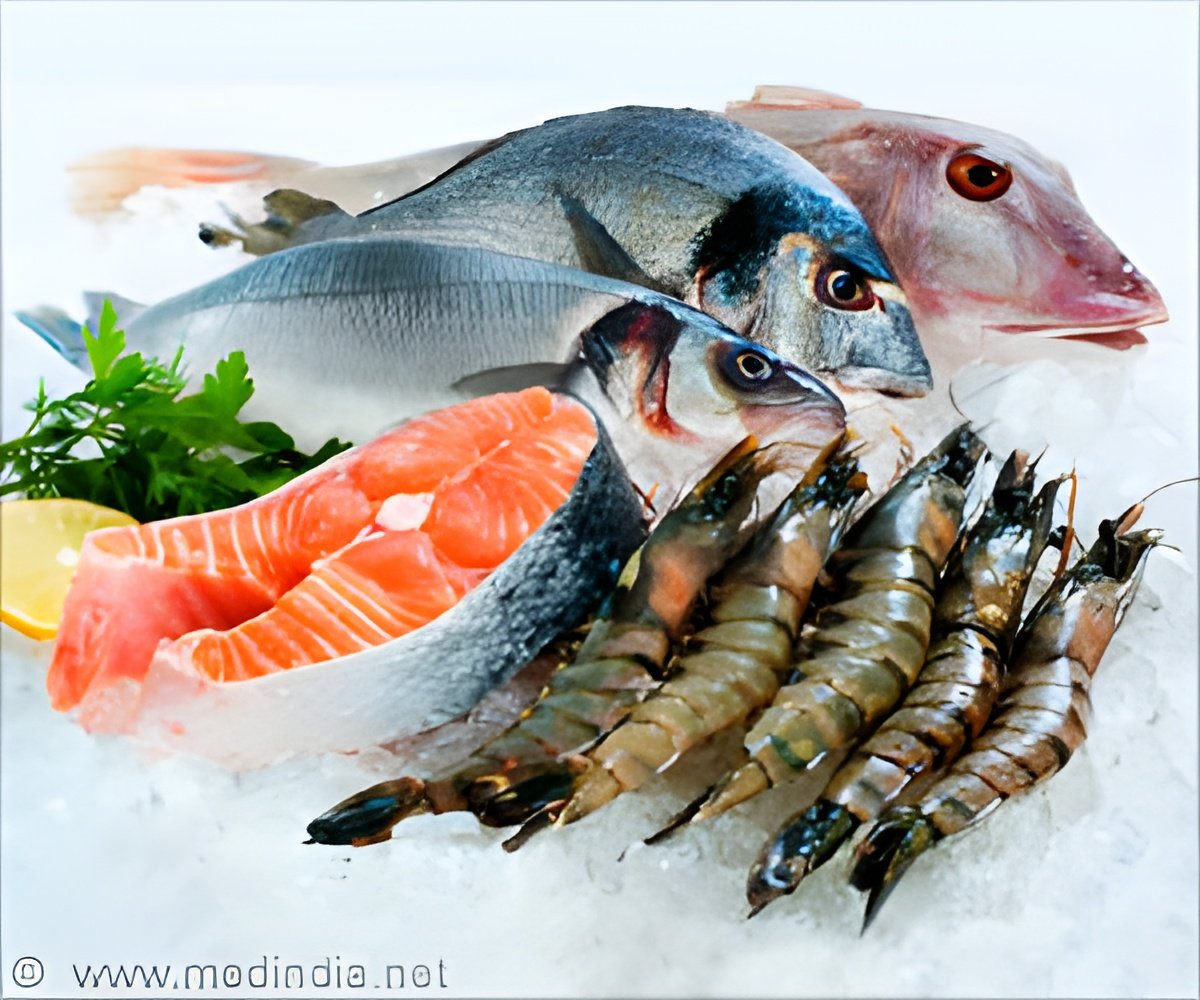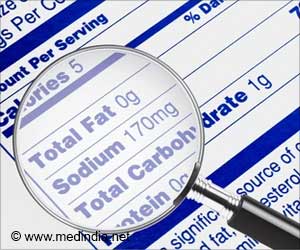Is formalin harmful to humans? Yes, frequent exposure to formalin, a carcinogen used in fish preservation, can lead to kidney damage.

‘Consuming fish preserved with formalin can cause kidney dysfunction, respiratory problems and other serious health issues. #formalininfish #FoodPreservation #KidneyHealth’





Advertisement
Use of Formalin in Food Preservation
Formalin, a toxic chemical commonly misused in preserving fish for consumption, poses severe health risks, particularly to the kidneys. Formalin is a solution composed of formaldehyde gas dissolved in water, and its use in food products is highly dangerous due to its harmful effects on human health (1✔ ✔Trusted SourceA review of the presence of formaldehyde in fish and seafood
Go to source).
Advertisement
Toxic Effects of Formaldehyde
Formalin which contains formaldehyde is a known kidney toxin and its regular exposure can cause harm to kidneys.“Formaldehyde, the active ingredient in formalin, is a known kidney toxin. It can be absorbed through the gastrointestinal tract, leading to inflammation and impaired kidney function. Chronic exposure to even low levels of formaldehyde can result in progressive kidney disease,” told Dr. Mohit Khirbat, Consultant Nephrology at CK Birla Hospital Gurugram.
Formalin can also cause kidney dysfunction, respiratory issues, and other serious health problems.
“When fish are treated with ammonia formalin tablets to keep them fresh, the chemical leaches into the flesh, contaminating it. Prolonged exposure to formalin through food can lead to kidney dysfunction, respiratory issues, and other serious health problems,” told Dr. Salil Jain, Senior Director & HOD of Nephrology at Fortis Memorial Research Institute, Gurugram.
Advertisement
How Much Formalin is Too Much?
Studies by the US Food and Drug Administration (FDA) also highlight the dangers of formalin exposure in fish. The FDA recommends a maximum formalin concentration of 250 mg/L for a prophylactic bath in fish, with a 1-hour exposure at temperatures below 27 degrees Celsisus and dissolved oxygen above 4 mg/L. Exceeding these limits, especially when formalin is used as a preservative, significantly increases the risk of toxicity.“Formalin’s use in food preservation is not only illegal but also life-threatening. Avoiding contaminated fish is crucial for long-term health,” added Dr. Jain. The misuse of formalin underscores the importance of strict food safety regulations and public awareness to prevent such dangerous practices.
Reference:
- A review of the presence of formaldehyde in fish and seafood - (https://www.sciencedirect.com/science/article/abs/pii/S0956713522000755)
Source-IANS











